Ready to turn your creativity into cash? In 2025, more people than ever are searching for make stuff to sell ideas that actually work. Whether you’re looking to start a side hustle or launch a full-blown business, the possibilities have never been more exciting.
This guide reveals the top 10 make stuff to sell ideas for profit in 2025—combining trending products with timeless crafts. You’ll discover unique product ideas, key benefits, pricing tips, target audiences, and actionable advice to help you maximize your sales.
Dive in and get inspired to start your most profitable year yet!
Why Making and Selling Your Own Products Is More Profitable Than Ever
Turning your creativity into cash isn’t just a dream anymore—it’s a booming reality. The urge to make stuff to sell has never been more rewarding, thanks to a perfect storm of digital tools, global demand, and flexible work options.
The Creator Economy: Your Gateway to Entrepreneurship
We’re living in the golden age of the creator economy. More people than ever are choosing to make stuff to sell—whether that’s digital downloads, handcrafted goods, or custom merchandise. Platforms like Etsy, Shopify, and Instagram have transformed hobbies into full-blown businesses.
This shift has empowered individuals to become entrepreneurs, building brands from their passions. The rise of independent makers proves that anyone can carve out a profitable niche with the right product and audience.
E-Commerce Growth: An Unstoppable Wave
If you’re wondering whether now’s the time to make stuff to sell, consider this—global e-commerce sales are on track to hit $7 trillion by 2025. This explosive growth means there’s more room than ever for new entrepreneurs to get a slice of the market.
Online marketplaces and digital storefronts connect you with buyers worldwide, leveling the playing field for small creators. For more on these projections, check out Global e-commerce sales projections 2025.
Lower Barriers and Unmatched Flexibility
It’s never been easier to make stuff to sell from home. Online platforms remove the need for a physical store, while print-on-demand and drop-shipping services cut startup costs. Social media gives you instant access to millions of potential customers.
This flexibility lets you set your own hours and scale your business at your own pace. Whether you’re a night owl, a parent, or a student, you can fit your creative hustle around your lifestyle.
Direct Sales, Higher Profits
Selling directly to your customers means you keep more of what you earn. When you make stuff to sell and cut out the middleman, you enjoy higher profit margins and more control over your brand.
Here’s a quick comparison:
| Selling Model | Profit Margin | Control Over Brand | Startup Cost |
|---|---|---|---|
| Traditional Retail | Low-Medium | Limited | High |
| Direct-to-Consumer | High | Full | Low |
Plus, every sale is a reward for your creativity, making the process personally fulfilling as well as lucrative.
2025 Trends: Sustainability, Personalization, and Digital Domination
Looking ahead, the smartest way to make stuff to sell is to tap into what’s trending. Eco-friendly materials, personalized products, and digital goods are leading the pack for 2025.
Success stories abound: from Etsy sellers who’ve turned side projects into six-figure stores, to digital product creators building passive income streams. The key is to blend creativity with smart business strategies—and the time to start is now.
10 Best Make Stuff to Sell Ideas for Profit in 2025
Looking for the most profitable make stuff to sell ideas in 2025? You're in the right place. This curated list highlights products with high demand, strong profit margins, and trend potential. We considered ease of entry, scalability, and the ability to create a unique brand. Whether you're a beginner or a seasoned entrepreneur, these ideas will inspire you to start a thriving business.
Below, you'll find each idea broken down by pricing, standout features, target audiences, pros and cons, and real-world examples. Ready to discover the best make stuff to sell for a profitable 2025? Let's dive in.
Custom Digital Planners and Printables
Custom digital planners and printables are a staple in the make stuff to sell world. These products range from fitness journals to budgeting worksheets, all available as instant downloads. Prices typically fall between $5 and $30, making them accessible for a wide audience.
Key Features:
- Fully customizable templates
- Niche targeting (e.g., wellness, productivity)
- Instant delivery—no inventory required
Benefits:
- Generates passive income
- Low startup costs and zero shipping hassles
Target Audience: Busy professionals, students, parents seeking organization.
Pros: Scalable model, evergreen demand, and high-profit margins since you only create once and sell repeatedly.
Cons: Highly competitive market, so standing out is essential.
Example: Top Etsy sellers rack up thousands of positive reviews and consistent sales, proving digital planners are a top choice for make stuff to sell entrepreneurs.
Handmade Eco-Friendly Candles
Handmade eco-friendly candles combine creativity with sustainability—a winning formula for make stuff to sell in 2025. Price per candle ranges from $15 to $40, with buyers valuing natural ingredients and unique scents.
Key Features:
- Made from soy or beeswax
- Custom scents and personalized labels
Benefits:
- Appeals to eco-conscious consumers
- High repeat purchase potential, especially for gifts
Target Audience: Home decor enthusiasts, gift buyers, and those seeking self-care rituals.
Pros: High perceived value, endless creative options, and strong branding potential.
Cons: Shipping can be tricky (fragile, heat-sensitive), and you’ll need supplies on hand.
Example: Many brands gain traction via Instagram, leveraging visual storytelling and customer reviews to boost their make stuff to sell success.
AI-Generated Art Prints
AI-generated art prints are revolutionizing the make stuff to sell landscape. These prints, priced between $10 and $50, offer unique, futuristic designs that intrigue art lovers and tech enthusiasts alike.
Key Features:
- Customizable, one-of-a-kind designs
- Offered as digital downloads or physical prints
Benefits:
- Minimal manual effort after initial setup
- On-trend with technology and design lovers
Target Audience: Home decorators, collectors, fans of AI and digital art.
Pros: Low ongoing costs, scalability, and the wow factor of AI creativity.
Cons: Potential copyright/originality concerns—ensure you’re following best practices.
Example: Sellers on Redbubble and Society6 routinely generate steady income with AI art, proving this is a lucrative make stuff to sell option.
Personalized Pet Accessories
The pet industry is booming, and personalized pet accessories are a fantastic make stuff to sell idea. From custom collars to engraved tags and cozy pet beds, price points range from $10 to $60.
Key Features:
- Customization (names, colors, patterns)
- Wide variety of products for different pets
Benefits:
- Emotional connection with pet owners
- Perfect for gifts and special occasions
Target Audience: Pet owners, animal lovers, and gift-givers.
Pros: Strong community support, high engagement on social media, and potential for repeat business.
Cons: Managing inventory and sizing can be complex.
Example: Viral Etsy shops often feature on Instagram and TikTok, showing the power of personalization in make stuff to sell.
DIY Bath Bomb Kits
DIY bath bomb kits are a fun, interactive make stuff to sell product that taps into the self-care trend. Kits typically sell for $20 to $50 and include all the essentials for a spa-like experience at home.
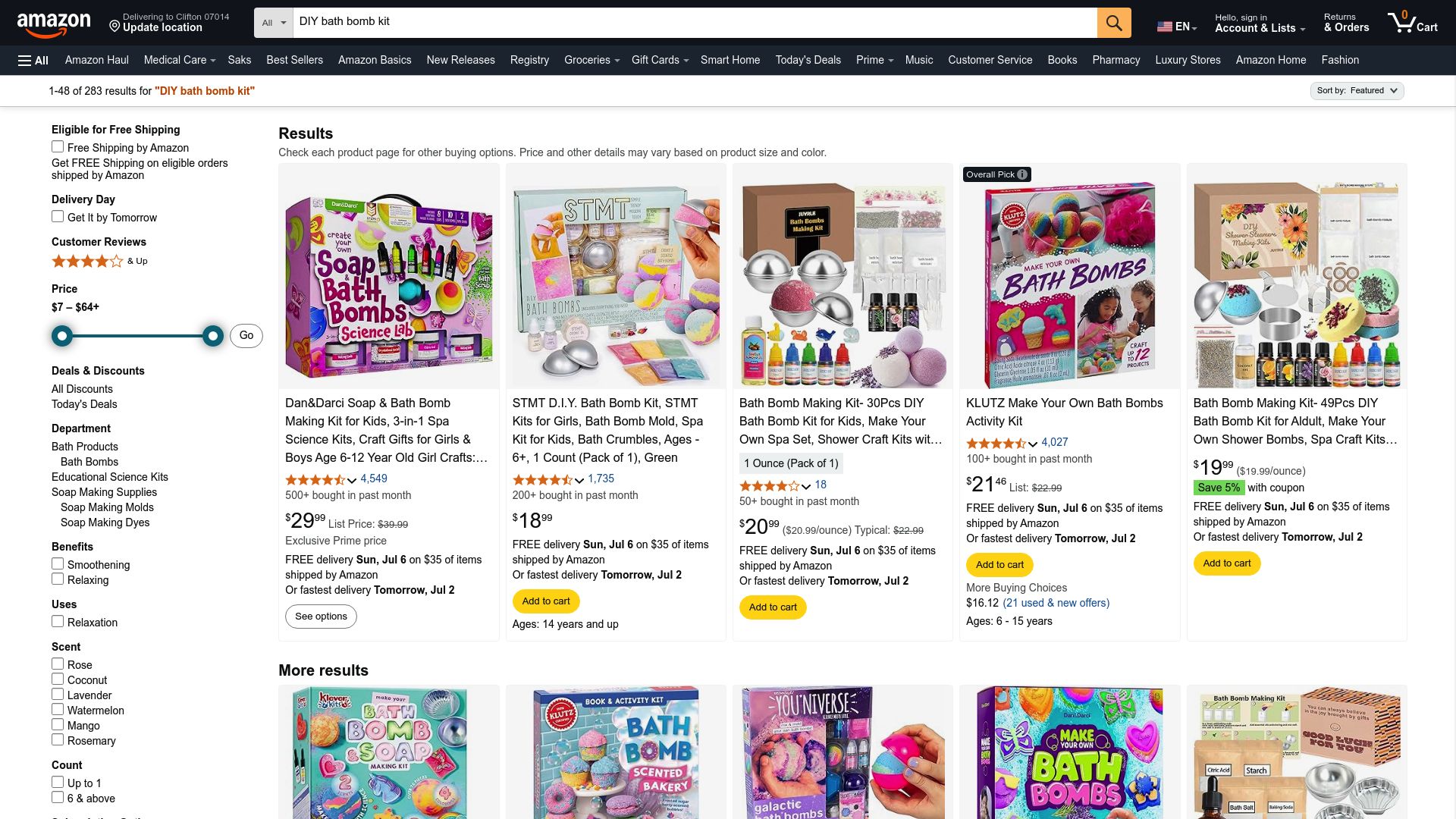
Key Features:
- Natural ingredients and essential oils
- Creative, gift-ready packaging
Benefits:
- Appeals to wellness and gifting markets
- Great for parties, holidays, and self-care routines
Target Audience: Teens, parents, wellness enthusiasts.
Pros: High repeat purchase rate and Instagram-worthy results.
Cons: Ingredient sourcing and shelf life require attention.
Example: Amazon bestsellers and influencer partnerships drive demand, making bath bomb kits a reliable make stuff to sell option.
Upcycled Fashion and Accessories
Upcycled fashion is a standout make stuff to sell trend for 2025, merging eco-consciousness with unique style. Items sell for $30 to $150, with buyers valuing sustainability and originality.
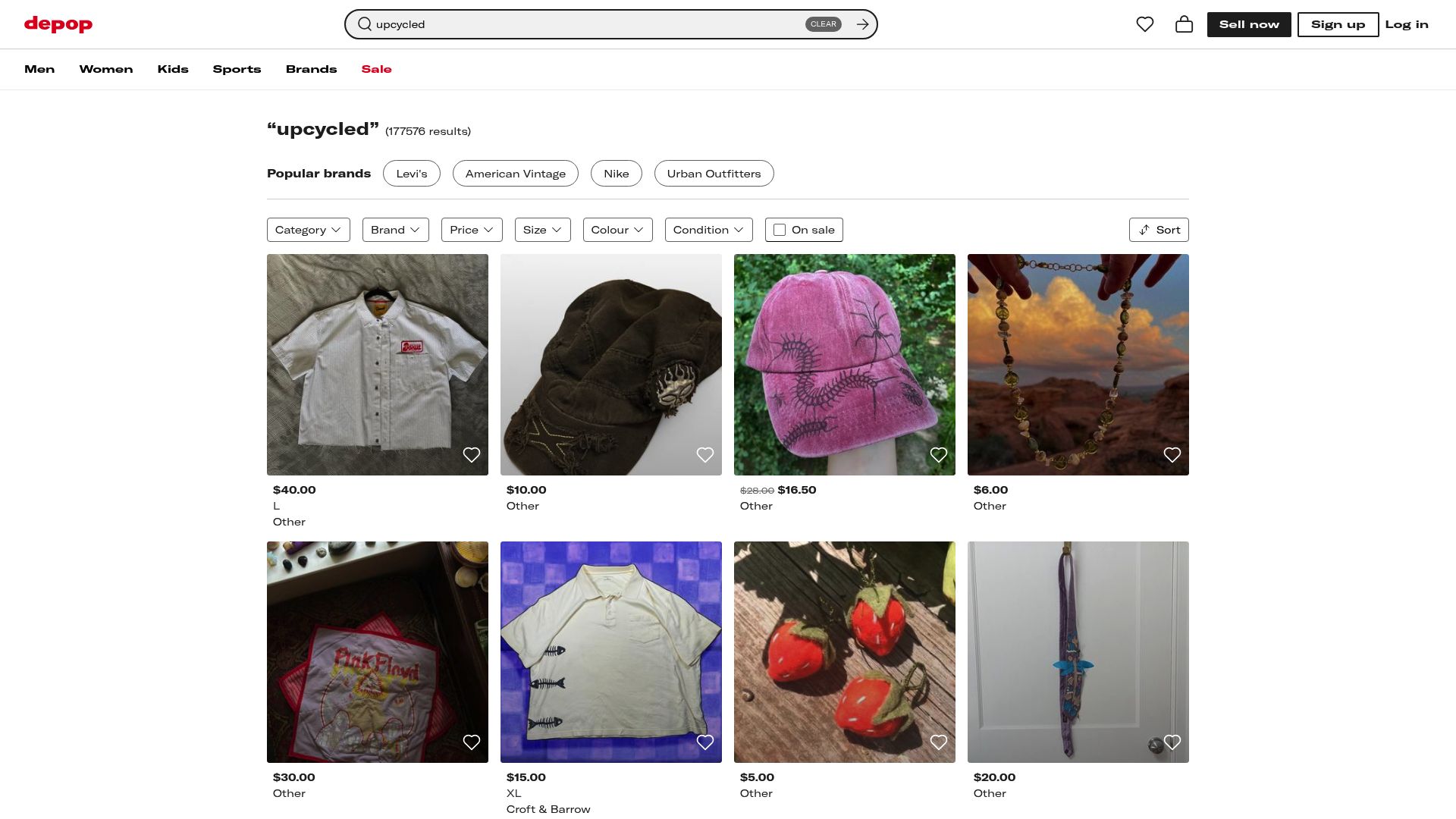
Key Features:
- Repurposed materials, one-of-a-kind designs
- Focus on eco-friendly processes
Benefits:
- Attracts Gen Z and Millennials who prioritize sustainability
- Each item tells a story, adding to its appeal
Target Audience: Trendsetters, eco-friendly shoppers, and fashion lovers.
Pros: High differentiation, strong storytelling, and loyal followings.
Cons: Labor-intensive and requires consistent sourcing of materials.
Example: Depop sellers and Instagram thrift shops thrive by promoting unique, upcycled pieces as the ultimate make stuff to sell.
CreateSell: Digital Product Business Courses & Tools
Looking to automate your make stuff to sell journey? CreateSell offers a robust platform for building and selling digital products, with freemium and paid models.
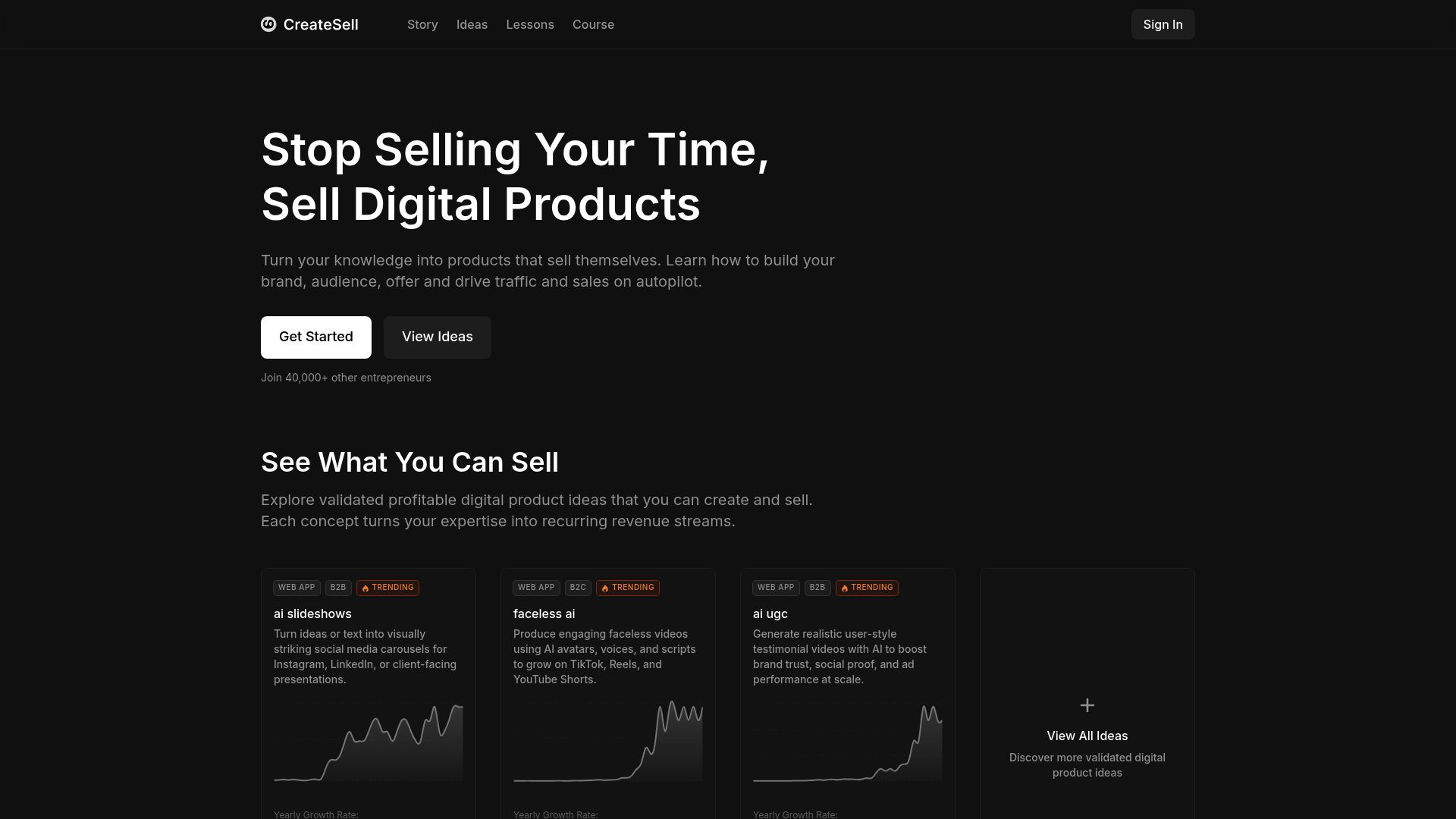
Key Features:
- Step-by-step business courses
- Automation tools for digital sales
- Library of validated product ideas
Benefits:
- Teaches scalable, recurring revenue strategies
- Access to a large, supportive creator community
Target Audience: Entrepreneurs, freelancers, and creators interested in digital products.
Pros: Data-driven approach, automation-first tools, and a focus on trending opportunities like AI content.
Cons: Requires commitment to learning and applying the material.
Example: Over 40,000 members have found success using digital product business tools, making it a top resource for those ready to scale their make stuff to sell efforts.
Handcrafted Polymer Clay Jewelry
Polymer clay jewelry is a vibrant, customizable make stuff to sell category. Pieces range from $10 to $60, offering both affordability and high markup potential.
Key Features:
- Lightweight, bold, and colorful
- Easily customizable for trends or seasons
Benefits:
- Low material costs, high-profit margins
- Perfect for social media marketing
Target Audience: Fashion-conscious shoppers, gift buyers, and DIY enthusiasts.
Pros: Express creativity, easily adapted to trends, and highly visual.
Cons: Time-consuming to produce and can be fragile during shipping.
Example: Top Etsy shops and TikTok creators showcase their unique pieces, inspiring others to make stuff to sell with polymer clay.
Subscription Snack Boxes
Subscription snack boxes deliver curated treats straight to customers’ doors. Selling for $20 to $50 per box, this make stuff to sell model creates predictable, recurring revenue.
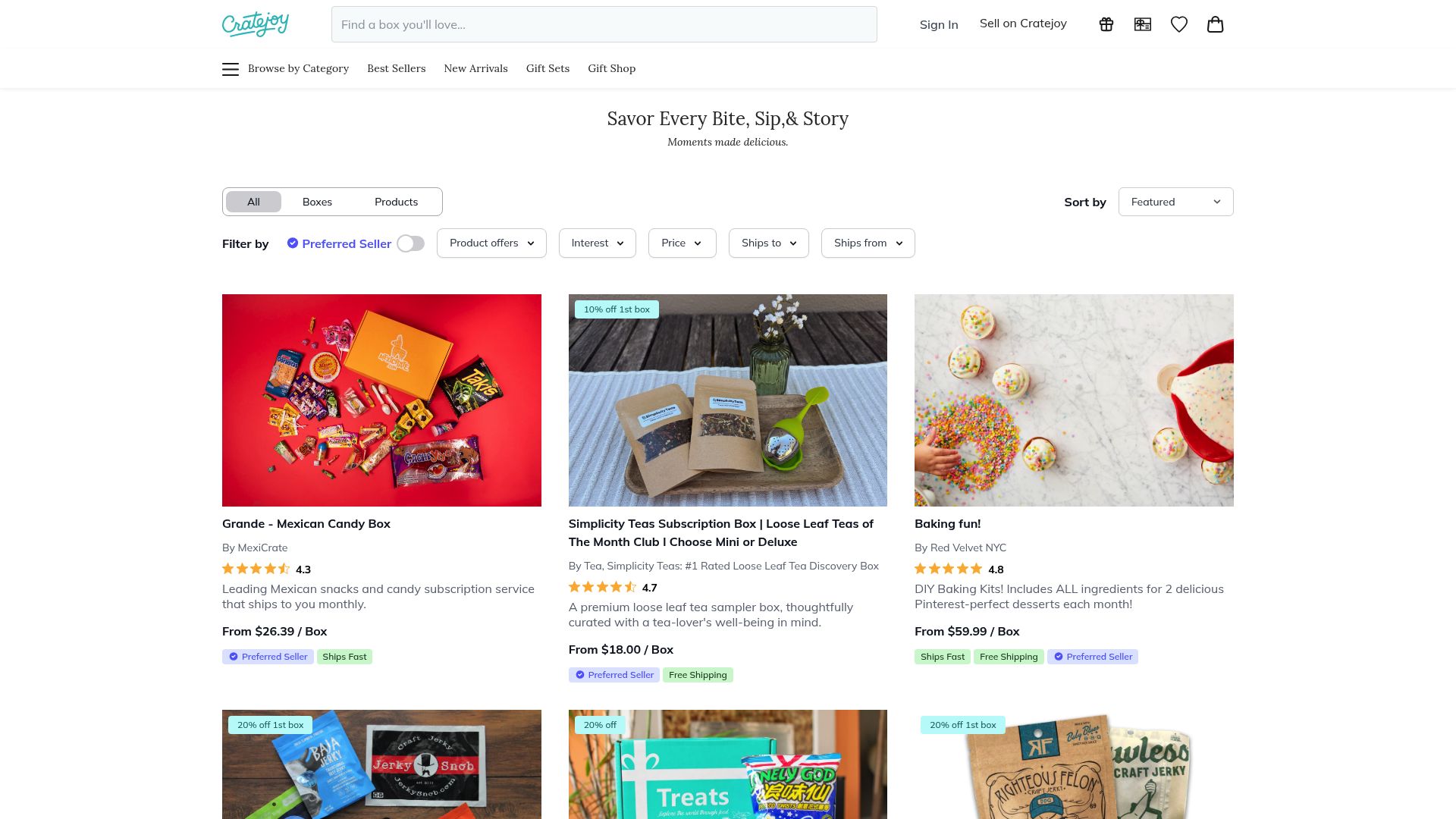
Key Features:
- Themed selections, international snacks, or dietary preferences
- Monthly delivery for ongoing engagement
Benefits:
- High retention rates and gifting potential
- Opportunities for partnerships with snack brands
Target Audience: Foodies, families, and anyone who loves discovering new flavors.
Pros: Taps into the booming subscription economy, easy to market through influencer unboxings.
Cons: Logistics and perishable inventory management can be challenging.
Example: Cratejoy sellers and YouTube influencers drive excitement for snack boxes, making them a delicious make stuff to sell idea.
Personalized 3D Printed Gifts
Personalized 3D printed gifts are the future-forward make stuff to sell opportunity. Prices range from $15 to $100, with limitless customization possibilities.
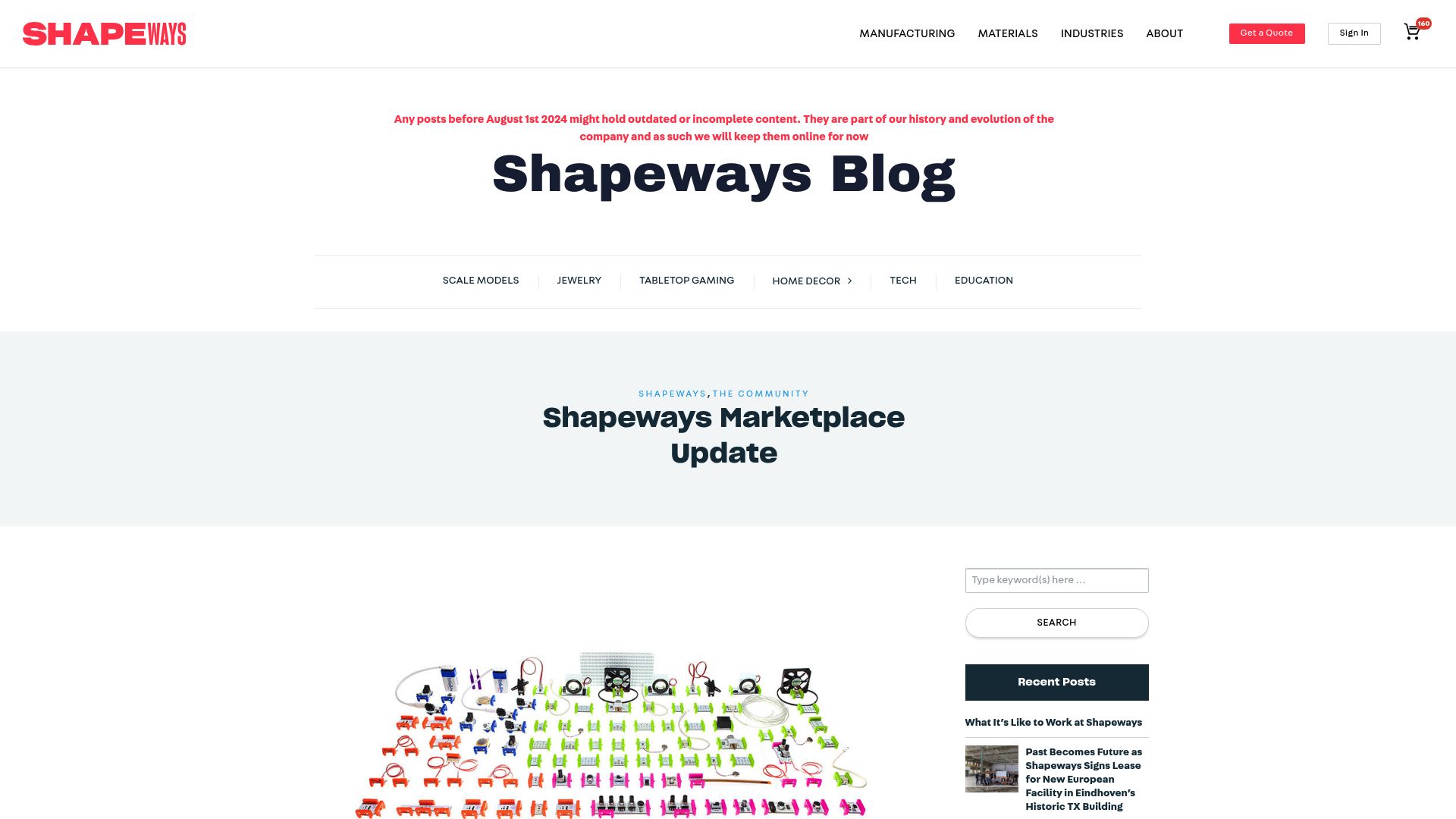
Key Features:
- Rapid prototyping, custom designs for any occasion
- Wide range of products (keychains, figurines, home decor)
Benefits:
- High-tech appeal and endless personalization
- On-demand production with minimal waste
Target Audience: Gadget lovers, tech enthusiasts, and gift buyers.
Pros: Scalable, innovative, and perfect for online marketplaces.
Cons: Access to a 3D printer and learning curve required.
Example: Shapeways marketplace sellers showcase how personalized 3D gifts can become a standout make stuff to sell business.
How to Choose the Right Product to Make and Sell
Choosing what make stuff to sell can feel overwhelming, but a thoughtful approach sets you up for success. The right product aligns with your passions, meets real demand, and fits your lifestyle. Let’s break down the essential steps to find your perfect fit.
1. Assess Your Skills, Interests, and Time
Start by taking a close look at your talents, hobbies, and available time. Are you crafty, tech-savvy, or a natural marketer? Listing your strengths helps narrow down which make stuff to sell ideas are realistic and enjoyable.
Consider your schedule—can you commit to complex handmade goods, or would digital downloads fit better? Matching your product to your lifestyle ensures you stay motivated and avoid burnout.
2. Research Market Demand and Trends
Next, explore what’s trending and in demand. Use tools like Google Trends, Etsy Rank, and Amazon Best Sellers to spot products with growing interest. For digital creators, browsing Best digital product ideas can spark inspiration and reveal proven opportunities.
Staying aware of trends—like sustainability, personalization, and digitalization—will help you choose make stuff to sell that resonates with today’s buyers. Remember: demand shifts quickly, so keep your finger on the pulse.
3. Calculate Costs, Profits, and Scalability
Before you commit, crunch the numbers. Calculate all expenses: materials, tools, shipping, and platform fees. Compare this to your potential selling price to estimate profit margins.
Here’s a quick table to help:
| Factor | Example Costs | Key Consideration |
|---|---|---|
| Materials | $2–$20 per item | Buy in bulk for savings |
| Tools | $50–$500 one-time | Invest for efficiency |
| Platform Fees | 5%–15% per sale | Compare marketplaces |
| Shipping | $3–$10 per order | Offer free shipping? |
Think about scalability, too. Can your make stuff to sell idea grow with demand, or will you hit a ceiling?
4. Test Your Idea and Avoid Common Mistakes
Start small—sell a limited batch or offer pre-orders to gauge real interest. This helps you refine your make stuff to sell, gather feedback, and avoid costly missteps.
Common mistakes to watch out for:
- Underpricing your work
- Ignoring marketing and branding
- Overlooking shipping and fulfillment challenges
- Failing to research competition
A maker who tested bath bomb kits with a small local audience, gathered reviews, and iterated before launching online scaled much faster than those who skipped validation.
Choosing the right make stuff to sell is part science, part art—but with these steps, you’ll maximize your odds of building a profitable business.
Essential Steps for Launching Your Profitable Product in 2025
Turning your idea into a real business is more achievable than ever. To help you successfully make stuff to sell in 2025, follow these essential steps—each one building your foundation for lasting profit.
Research & Preparation
Start by researching your market and identifying what products or digital goods are in demand. Analyze competitors and trends to validate your concept. For digital entrepreneurs, using resources like the Building digital products guide can help you refine your idea and understand the steps required to make stuff to sell online.
Next, source high-quality materials or reliable digital tools. Quality matters—customers notice the difference, especially with handmade or customized products. Test your designs or product samples with a small audience for early feedback before a full launch.
Setting Up Your Selling Platform & Brand
Choose the right sales platform for your make stuff to sell venture. Options include Etsy for crafts, Shopify for brand control, Amazon for broad reach, or even your own website for flexibility. Consider where your target buyers are most likely to shop.
Develop appealing branding that stands out. Invest time in product photography—bright, clear, and consistent images boost trust and conversions. Write compelling product descriptions that highlight unique benefits and features of your offerings.
Pricing & Marketing for Maximum Sales
Set prices by analyzing competitors, factoring in costs, and considering your product’s perceived value. Bundling related items can increase average order value and make stuff to sell more attractive to buyers.
Promote your business on social media, collaborating with influencers or leveraging short-form videos to showcase your products. Build an email list for direct communication with customers. Consistent marketing is key to growing your audience and generating buzz for your new offerings.
Operations, Feedback & Launch Timeline
Efficiently manage inventory, fulfillment, and customer service. Use tools to track stock and automate shipping where possible. For digital businesses, ensure your delivery systems are seamless and reliable.
Gather customer feedback after your initial launch. Use reviews to refine your make stuff to sell products and enhance your service. A typical launch timeline starts with product development, moves to a soft launch or pre-order phase for feedback, and then scales up based on proven demand.
By following these steps, you're well on your way to turning ideas into a profitable reality in 2025.
Future Trends in Making and Selling for Profit
The landscape for those who make stuff to sell is evolving faster than ever. As 2025 approaches, fresh technologies, shifting consumer values, and new ways to reach buyers are rewriting the rules of profitable creativity. To stay ahead, makers need to understand the trends shaping tomorrow’s most successful products and businesses.
Tech & Tools Transforming Making
AI-powered tools are revolutionizing how creators approach the make stuff to sell market. From generating unique art prints to automating shop management, artificial intelligence is enabling even solo makers to scale their efforts and innovate rapidly.
Digital products and online education continue to surge. Platforms now allow anyone to quickly design, launch, and market everything from digital planners to online courses—no warehouse or shipping required. According to emerging trends in handmade crafts 2025, AI and automation are expected to be game-changers for product design, customer personalization, and even marketing strategies.
Consumer Values & Social Commerce
Sustainability is no longer optional. Eco-friendly materials and upcycled goods are becoming a must-have for anyone wanting to make stuff to sell in 2025. Shoppers demand transparency, and makers who embrace green practices will stand out.
Personalization and customization are also key. Buyers crave unique, made-for-them products—whether that's a custom pet accessory or a personalized 3D-printed gift. Meanwhile, short-form video and social commerce platforms like TikTok Shops are opening new doors. Quick, authentic video content helps products go viral and builds trust with potential customers, making it easier to turn creativity into sales.
Growth, Globalization & Future-Proofing
The market for handmade and digital products is booming. In fact, handmade market growth statistics show a steady rise in both global demand and seller opportunities. Globalization now lets makers sell internationally from home, tapping into new audiences and trends with just a few clicks.
To future-proof your efforts as you make stuff to sell, stay agile: keep testing new ideas, monitor trends, and prioritize customer feedback. Focus on sustainability, leverage new tech, and don’t hesitate to expand your reach—whether that’s through digital products or global marketplaces. The future belongs to creators who are ready to adapt and innovate.
Now that you’ve explored the top ways to turn your creativity into cash in 2025, you’re probably excited to find the perfect idea that matches your skills and goals. Whether you’re drawn to digital products, handcrafted goods, or trending niches, it helps to see what’s working for other successful creators. If you’re ready to dig deeper and get inspired by real examples, take the next step and View Product Ideas—you’ll discover fresh opportunities and practical tips to kickstart your own profitable side hustle this year!